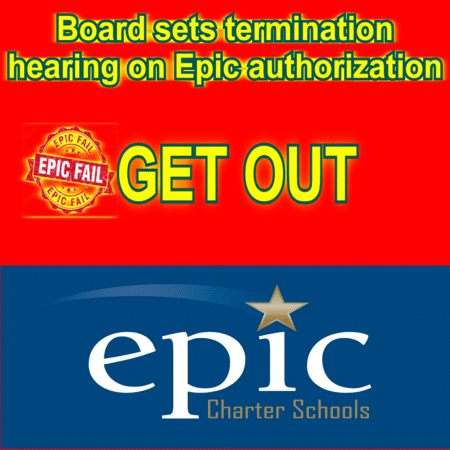McClatchy tries nonprofit funding for education coverage
In a bid to keep subscriber growth going, McClatchy is turning to issues-based reporting, aided by community nonprofits.
In late September, the local news publisher announced the launch of the Education Lab, a four-person team that will cover education in the San Joaquin Valley out of the bureau of The Fresno Bee. The Lab, which McClatchy developed after soliciting input from dozens of local community members and multiple local nonprofits, will be supported for its first year by a collection of nonprofits including the Central Valley Community Foundation, with discussions underway for funding a second. The Central Valley Community Foundation will not have any say or control over what the Lab’s reporters publish. The stories produced by the Education Lab will be shared with local groups as well as local news organizations, in Spanish as well as in English.
The Central Valley Community Foundation will be watching the kinds of outcomes that the Education Lab’s reporting is able to drive. But the larger strategic goal for McClatchy is to drive digital subscriptions. In its most recent quarterly earnings, McClatchy reported having over 185,000 digital-only subscribers, up more than 51% year over year. The news publisher reported a net loss of $17.5 million over that same period, against revenues of $178.7 million.
“By delivering focused reporting and community engagement, we feel like the value we’re bringing will lead to an increase in digital subscription support,” said Lauren Gustus, the regional editor of McClatchy’s California, Idaho and Washington news operations. While some of the Lab’s reporting will be behind the Bee’s paywall, not all of it will; much of it will be shared with community and news organizations, who do not operate paywalls. “We think more people are going to want to support The Bee because the Education Lab reporting will matter to them,” Gustus said.
While the Education Lab is still coming together — its reporting team is still being hired — McClatchy believes the model, originally pioneered by The Seattle Times in 2013, is replicable. The news publisher is engaged in conversations with local community groups and organizations in more than eight different markets around the country, with an eye toward launching more labs by year’s end and more next year.
“It’s no secret that most legacy news organizations have been challenged,” Gustus said. “If fact-based journalism is in peril, which I believe it is, we have to think pretty radically about how we serve our communities.”
“We know digital-only subscription growth is key, and we know if we do more of the work local communities want, in theory we should find more of that support in the digital subscription space,” Gustus said. “This is meant to be a bridge to sustainability and not necessarily the establishment of a nonprofit news operation.”
As declining print advertising has battered local news publishers, there has been a substantial increase in institutional support for local journalism over the past decade; Gustus said that institutional giving to local news has quadrupled over the past 10 years.
At the other end of the spectrum, a number of news publishers have found success getting their readers to pay for specific reporting projects. The Guardian, for example, discovered that its American audience was willing to pay for investigative series focused on topics such as the environment.
As that money’s pooled in, there has been some scholarship around the effects that nonprofit donations or involvement have had on reporting. Though many see the opportunities for conflict as not too different from the challenges that publishers face with advertisers.
“It’s very rare that you’d see a philanthropist come in and fund something like what McClatchy is doing and say, ‘Here are the stories you need to write,’” said Matt Skibinski, a reader revenue analyst at the Lenfest Institute. “With philanthropies, you have the same kind of implicit concerns [as advertising]. But as long as the independence is maintained, publishers remain interested.”
Sacramento CA Area Education News | The Sacramento Bee - https://www.sacbee.com/news/local/education/
About Education Lab | The Seattle Times - https://www.seattletimes.com/?p=9830232 on @seattletimes
Impact Media Fund - Sacramento Region Community Foundation - https://www.sacregcf.org/donors/partnering-with-us/fundholder-stories-fund-list/impact-media-fund/
Fresno Bee launches Education Lab to cover school issues, news | The Fresno Bee - https://www.fresnobee.com/news/local/education-lab/article235201142.html on FresnoBee
McClatchy's Sac Bee launching donor-supported reporter team - Sacramento Business Journal - https://www.bizjournals.com/sacramento/news/2019/11/14/sacramento-bee-to-launch-donor-supported-reporting.html on @Sacbiz
































